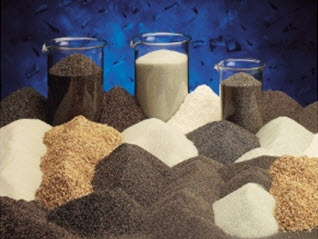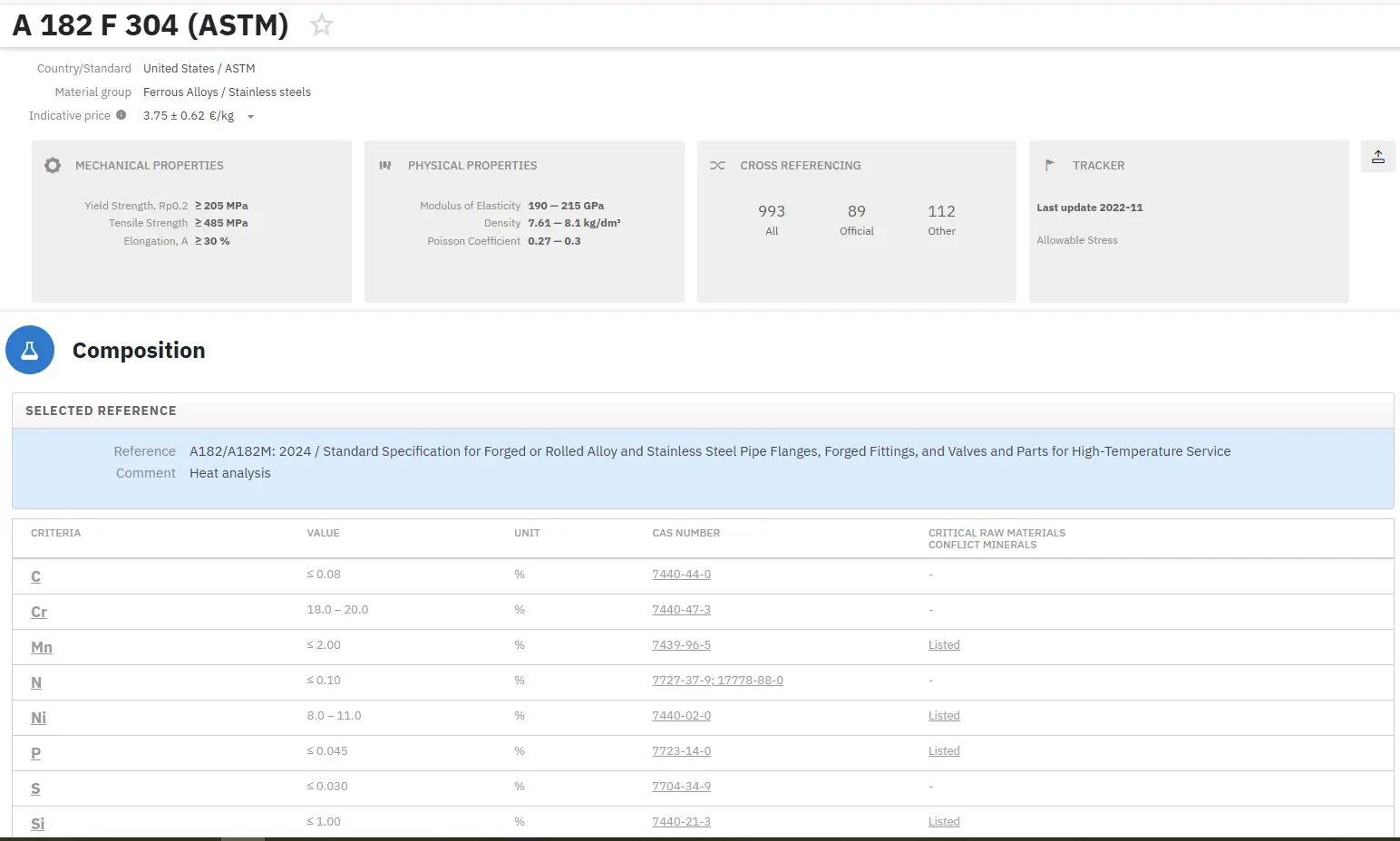Abrasive Blast Cleaning: Part One
Abstract
Abrasive blast cleaning is a versatile surface preparation technique that utilizes mechanical energy to clean various material surfaces through high-velocity projection of abrasive materials. This process employs diverse blasting media including steel grit, silicon carbide, glass beads, walnut shells, and baking soda, depending on the specific surface requirements. The technique offers superior advantages over traditional cleaning methods, including faster processing times, precise controllability, and the ability to simultaneously remove existing coatings while creating surface profiles for optimal adhesion. Applications span across industries from automotive and aerospace to construction and electronics. Various blasting methods including pressure blast, wet blast, wheel blast, and suction blast systems can be implemented through open blasting, blast rooms, or contained cabinet systems to meet specific project requirements and safety considerations.
Introduction to Abrasive Blast Cleaning
Abrasive blast cleaning represents a highly effective surface preparation technique that harnesses mechanical energy to clean and prepare various material surfaces. This process involves directing specific abrasive materials at a surface using high-velocity projection systems, making it an indispensable tool across numerous industries worldwide. The versatility of blast cleaning lies in its ability to accommodate different surface types, cleaning requirements, and environmental considerations through various equipment configurations and abrasive media selections.
The fundamental principle of abrasive blast cleaning involves the controlled impact of abrasive particles against a target surface, effectively removing unwanted materials such as rust, paint, scale, or contaminants while simultaneously creating an optimal surface profile for subsequent treatments or coatings. This dual-action capability makes blast cleaning particularly valuable in applications where both cleaning and surface preparation are required.
Understanding Blasting Abrasives and Materials
The selection of appropriate blasting abrasives is crucial for achieving optimal results in any blast cleaning operation. Different abrasive materials offer unique characteristics that make them suitable for specific applications and surface types. Common blasting abrasives include steel grit for heavy-duty cleaning applications, silicon carbide for precision work, glass beads for delicate surfaces, walnut shells for soft substrate cleaning, baking soda for gentle paint removal, and specialized materials like ice for unique applications.

Figure 1: Various types of abrasive materials used in blast cleaning operations
Each abrasive material possesses distinct properties regarding hardness, density, particle size, and recyclability. Steel grit provides aggressive cutting action for heavy rust and scale removal, while softer materials like walnut shells offer gentle cleaning action suitable for delicate surfaces such as wood or composite materials. The choice of abrasive directly influences the cleaning efficiency, surface finish quality, and overall project economics.
Key Variables in Blast Cleaning Operations
Pressure Control and Optimization
Pressure control represents one of the most critical variables in successful blast cleaning operations. The pressure can be adjusted during the cleaning process to ensure that only the desired layers of material are removed from the surface. Using excessively high pressure proves inefficient as it consumes more energy than necessary and increases abrasive consumption, thereby raising operational costs and waste generation.
Best practices dictate conducting pressure tests on small, discrete areas to determine the optimal pressure settings for each specific application. When working with non-uniform surfaces, pressure adjustments may be necessary throughout the cleaning process. This requires skilled and experienced operators who can make real-time adjustments based on surface conditions and cleaning progress.
Abrasive Material Selection
The type of abrasive material selected significantly impacts cleaning effectiveness, surface finish quality, and operational efficiency. Harder abrasives like steel grit and silicon carbide provide aggressive cleaning action suitable for heavy contamination removal, while softer materials like baking soda and walnut shells offer gentle cleaning for sensitive surfaces. The particle size distribution within the chosen abrasive also affects the cleaning pattern and surface profile development.
Industrial Applications of Blast Cleaning
Aerospace Industry Applications
The aerospace industry relies heavily on abrasive blast cleaning for maintaining critical components and ensuring optimal performance. Applications include cleaning and peening jet rotor blades and other precision parts, preparing welds and castings for inspection processes like magna-fluxing, and removing carbon deposits from exhaust stacks to prevent fire hazards. The precision required in aerospace applications demands careful control of blasting parameters to avoid damage to sensitive components.
Automotive Industry Uses
Automotive applications encompass a broad range of blast cleaning operations, from restoration projects to manufacturing processes. Common applications include removing corrosion, old paint, and accumulated grime from vehicle bodies, fenders, and wheels. The ability to clean intricate areas not accessible to hand sanders makes blast cleaning invaluable for automotive restoration work. Additionally, the process effectively removes carbon, gum, and varnish deposits from internal engine components during rebuilding operations.
Manufacturing and Industrial Applications
Various manufacturing sectors utilize blast cleaning for different purposes. Bicycle manufacturers employ the technique to remove mill scale, flux, and foreign matter in preparation for new coating applications. Cement and cast form manufacturers use blast cleaning to remove cement residue from pre-cast forms, exposing aggregate surfaces and cleaning molds and equipment. Circuit board manufacturers utilize gentle blast cleaning for light deburring and removing flux and solder splash from delicate electronic components.
Advantages of Abrasive Blast Cleaning for Surface Preparation
Abrasive blast cleaning offers numerous advantages over traditional surface preparation methods, making it the preferred choice for many applications. The process operates significantly faster than alternative methods such as wire brushing, chipping hammers, or needle guns, resulting in reduced labor costs and project completion times. This speed advantage becomes particularly important in large-scale industrial applications where time efficiency directly impacts project economics.
The fully controllable nature of blast cleaning systems allows operators to select appropriate equipment types, abrasive media, pressure settings, and blast duration to achieve specific results. This flexibility enables everything from light cleaning of stonework to achieving "white metal" cleanliness on heavily contaminated steel surfaces. The ability to simultaneously remove existing coatings and create surface profiles in a single operation further enhances the efficiency of the blast cleaning process.
Blast Cleaning Methods and Equipment Types
Pressure Blast Systems
Pressure blast systems utilize pressure vessels containing dry abrasive media, representing a popular, economical, and versatile blasting method suitable for most applications. These systems excel at removing rust from vehicle chassis and similar heavy-duty cleaning tasks. Modern pressure blast systems can be equipped with vacuum recovery systems to provide dustless operation, addressing environmental and safety concerns while enabling media recovery and reuse.
Wet Blast Technology
Wet blast systems serve applications requiring dust-free operation or gentler cleaning action to avoid damaging underlying surfaces. These systems combine abrasive media with water to create a slurry that provides effective cleaning while minimizing dust generation and reducing the risk of substrate damage. Wet blast technology proves particularly valuable for removing graffiti from stonework and other applications where dust control is essential.
Wheel Blast and Suction Systems
Wheel blast systems find application in fixed installations where ball shot or similar media is used to clean and peen surfaces through controlled impact. These systems offer high production rates and excellent media recovery capabilities, making them ideal for repetitive cleaning operations. Suction blast systems provide gentle cleaning action suitable for spot cleaning work where precise control and minimal surface disturbance are required.
Open Versus Contained Blasting Methods
Open Blasting Applications
Open blasting methods are commonly employed by on-site contractors working in locations where media recovery is not feasible or economically justified. While this approach offers fast processing times and operational flexibility, it generates significant dust and requires careful consideration of environmental regulations and safety protocols. Open blasting works well for large structures and outdoor applications where containment is impractical.
Contained Blasting Solutions
Blast rooms provide enclosed environments that contain dust and facilitate media collection and recovery while improving operator safety. These installations offer superior environmental control and enable media reuse, reducing operational costs and environmental impact. Blast cabinets serve applications involving smaller objects, utilizing either suction or pressure blasting systems within a controlled environment that protects operators and surroundings from dust and debris.
Safety and Environmental Considerations
Modern blast cleaning operations must address safety and environmental concerns through appropriate equipment selection, operational procedures, and regulatory compliance. Dust control measures protect both operators and the surrounding environment, while proper media selection and handling procedures minimize health risks and environmental impact. The development of recyclable abrasive materials and closed-loop systems has significantly improved the environmental profile of blast cleaning operations.
Conclusion
Abrasive blast cleaning has established itself as an essential surface preparation technique across numerous industries, offering unmatched versatility, efficiency, and control over cleaning operations. The ability to select from various abrasive materials, adjust operational parameters, and choose appropriate equipment configurations enables blast cleaning to address virtually any surface preparation challenge. As environmental regulations continue to evolve and technology advances, blast cleaning systems are becoming increasingly sophisticated, offering improved safety, efficiency, and environmental compatibility while maintaining the fundamental advantages that have made this technique indispensable in modern manufacturing and maintenance operations.
¡Encuentre al Instante la Composición Precisa de los Materiales!
Total Materia Horizon contiene la composición química de cientos de miles de materiales y sustancias, así como sus propiedades mecánicas y físicas, y mucho más.

Obtenga una cuenta de prueba GRATUITA de Total Materia Horizon y únase a nuestra comunidad que traspasa los 500.000 usuarios provenientes de más de 120 países.